Artificial intelligence is reshaping our world, and learn how to harness its power has become essential in today’s tech-driven landscape. For those looking to learn AI from scratch, the journey might seem daunting, but with the right approach, it’s an achievable goal. This guide offers a roadmap to start your AI learning adventure, covering everything from the basics to hands-on projects.

The path to mastering AI involves a mix of theory and practice. This article will walk you through the fundamentals of artificial intelligence, outline the necessary prerequisites like Python programming and statistics, and introduce core concepts such as machine learning and neural networks. You’ll also discover practical tools like TensorFlow and scikit-learn, and get tips on building your first AI projects. By the end, you’ll have a clear picture of how to begin your journey into the world of AI and machine learning.
Understanding Artificial Intelligence Fundamentals
Artificial intelligence (AI) is a branch of computer science that focuses on creating intelligent machines capable of performing tasks that typically require human intelligence. To learn AI from scratch, it’s crucial to grasp its fundamental concepts and applications.
What is AI?

AI refers to the simulation of human intelligence in machines programmed to think and act like humans. These machines are designed to learn, reason, problem-solve, perceive, and comprehend language. AI systems can analyze vast amounts of data, identify patterns, and make decisions or predictions based on that information.
The field of AI encompasses various disciplines, including computer science, data analytics, statistics, linguistics, and even philosophy. It’s a rapidly evolving area that has the potential to transform numerous aspects of our lives, from healthcare and education to transportation and entertainment.
Types of AI
AI can be categorized into different types based on their capabilities and functionalities:
- Narrow AI (Weak AI): This is the most common type of AI currently in use. Narrow AI is designed to perform specific tasks within a limited domain. Examples include voice assistants like Siri or Alexa, recommendation systems on streaming platforms, and image recognition software.
- General AI (Strong AI): This type of AI, which is still theoretical, would possess human-level intelligence across a wide range of tasks. General AI would be capable of understanding, reasoning, and applying knowledge to solve complex problems in a manner similar to human cognition.
- Superintelligence: This hypothetical form of AI would surpass human intelligence in virtually every aspect. It remains a concept in the realm of science fiction and philosophical discussions.
From a functionality perspective, AI can be further classified into:
- Reactive Machines: These AI systems respond to input without storing memory or using past experiences.
- Limited Memory: These AI systems can use past experiences to inform future decisions.
- Theory of Mind: This type of AI, still in development, would understand human emotions and adjust its behavior accordingly.
- Self-Aware AI: A purely theoretical concept where AI would have its own consciousness.
Applications of AI
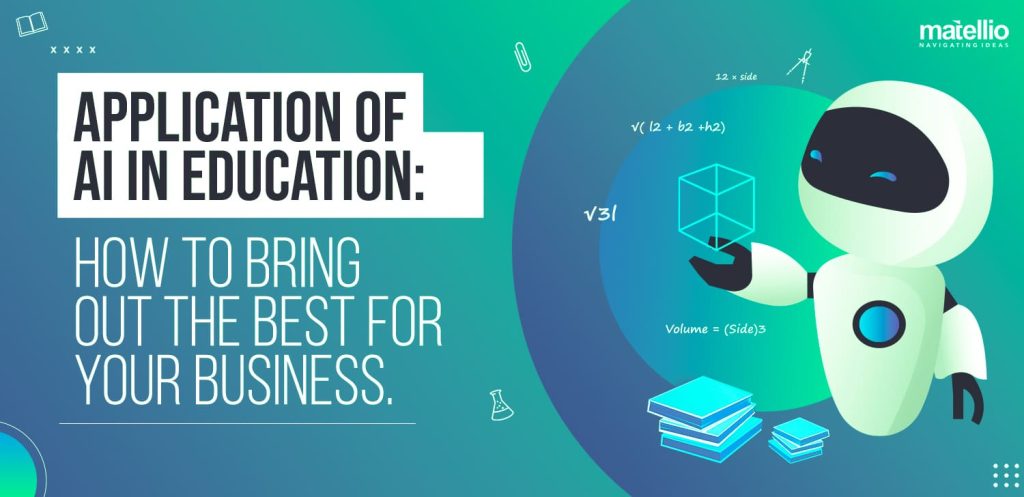
AI has found applications across numerous industries and domains:
- Natural Language Processing (NLP): AI enables machines to understand, interpret, and generate human language. This technology powers applications like machine translation, sentiment analysis, and chatbots.
- Computer Vision: AI algorithms can analyze and interpret visual information, leading to applications in facial recognition, autonomous vehicles, and medical imaging.
- Robotics: AI enhances the capabilities of robots, allowing them to perform complex tasks in manufacturing, healthcare, and exploration.
- Healthcare: AI assists in disease diagnosis, drug discovery, and personalized treatment plans.
- Finance: AI algorithms are used for fraud detection, algorithmic trading, and risk assessment.
- Education: AI powers adaptive learning platforms that personalize educational content based on individual student needs.
- Entertainment: AI enhances gaming experiences, recommends content on streaming platforms, and even generates music and art.
As AI continues to evolve, its applications are likely to expand further, potentially revolutionizing various aspects of our lives and work. Understanding these fundamentals is crucial for anyone looking to learn AI from scratch and contribute to this rapidly growing field.
Essential Prerequisites for Learning AI
To embark on the journey of learning artificial intelligence from scratch, individuals need to establish a solid foundation in several key areas. These prerequisites form the backbone of AI understanding and capabilities, enabling learners to grasp complex concepts and implement AI solutions effectively.
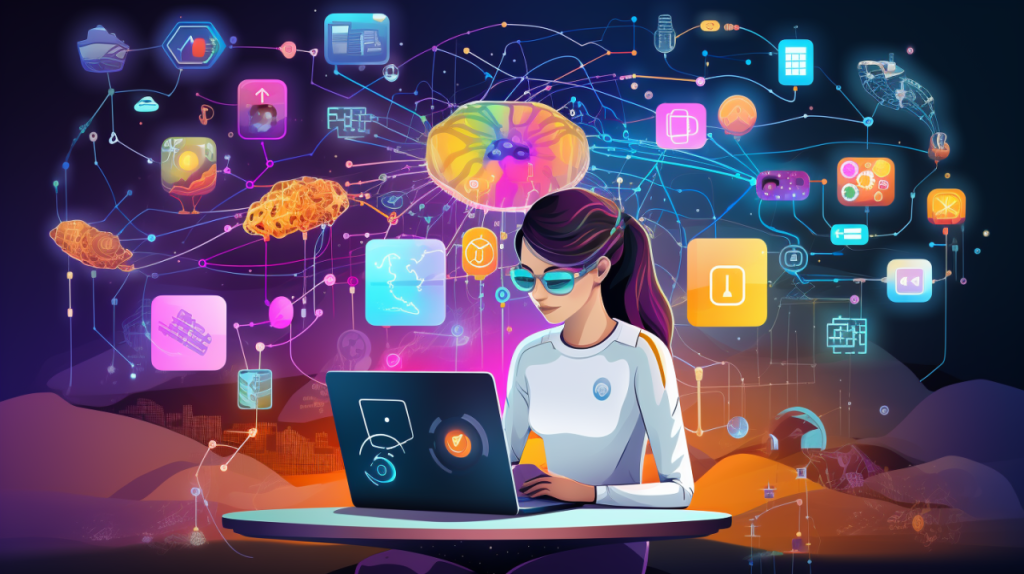
Mathematics and Statistics
A strong grasp of mathematics is crucial for understanding and implementing AI algorithms. While one doesn’t need to be a mathematician to succeed in AI, a basic understanding of key mathematical concepts is essential. Linear algebra, calculus, and probability theory play significant roles in various AI applications.
Linear algebra concepts, such as matrices and linear transformations, are frequently used in AI algorithms. Calculus is vital for optimization techniques commonly employed in machine learning. Probability theory helps in understanding uncertainty and making predictions based on data.
Statistics is equally important in AI. Concepts like statistical significance, distribution, regression, and likelihood are fundamental to interpreting data and deriving insights. These statistical tools help in analyzing patterns, making predictions, and evaluating the performance of AI models.
Programming Skills
Programming is a crucial skill for anyone looking to learn AI from scratch. The ability to write code allows individuals to develop AI algorithms, manipulate data, and utilize AI tools and libraries effectively. Python has emerged as the most popular language in the AI community due to its simplicity, flexibility, and extensive collection of data science libraries.
Familiarity with libraries such as NumPy, Pandas, and Matplotlib is essential for data manipulation and visualization. These tools enable AI practitioners to preprocess data, perform exploratory data analysis, and create visual representations of complex datasets.
Other programming languages that are valuable in the AI field include R, Java, and C++. Each language has its strengths and is used in different contexts within AI development.
Computer Science Fundamentals

A solid understanding of computer science fundamentals is crucial for success in AI. This includes knowledge of data structures and algorithms, which are essential for efficient code writing and developing complex AI systems.
Data structures like arrays, trees, lists, and queues allow for efficient storage, retrieval, and manipulation of data. Understanding these structures is crucial for implementing AI algorithms and working with large datasets.
Algorithms, particularly those related to sorting and searching, are fundamental to AI development. Familiarity with algorithm complexity (Big O notation) is also important for optimizing AI solutions.
Version control systems like Git are essential for managing code and collaborating on AI projects. Additionally, understanding software development concepts and working with integrated development environments (IDEs) is crucial for building and deploying AI applications.
By mastering these essential prerequisites, individuals can build a strong foundation for learning AI from scratch. This knowledge base will enable them to understand complex AI concepts, implement algorithms, and contribute effectively to the rapidly evolving field of artificial intelligence.
Core AI Concepts and Techniques
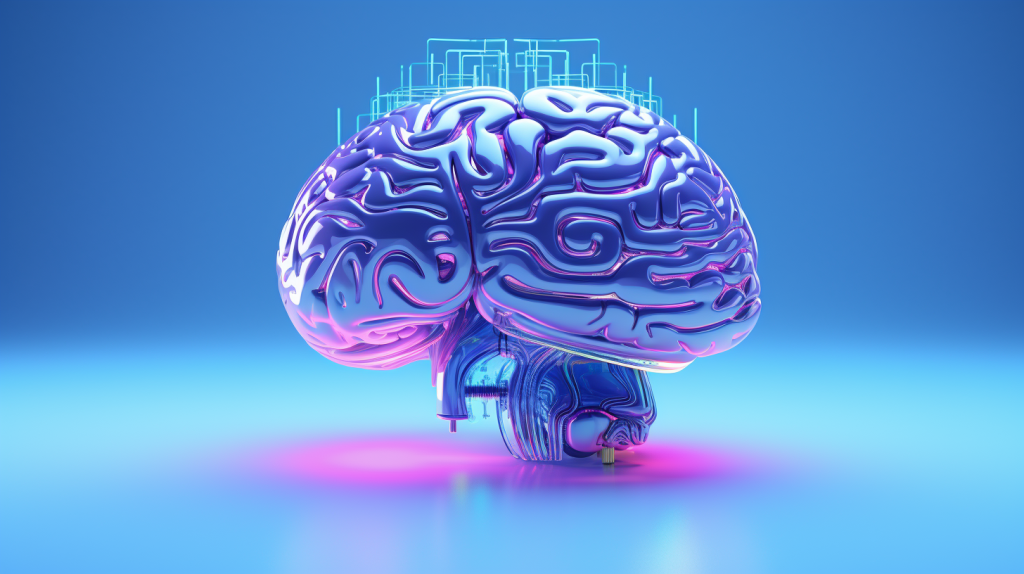
Machine Learning
Machine learning is a fundamental concept in artificial intelligence that focuses on enabling computers to learn from data and make decisions without explicit programming. It’s a crucial component for those learning how to learn AI from scratch. Machine learning algorithms can be categorized into three main types: supervised learning, unsupervised learning, and reinforcement learning.
Supervised learning involves training algorithms on labeled data, where the desired output is known. This approach is commonly used for tasks such as image classification and spam detection. Unsupervised learning, on the other hand, works with unlabeled data to uncover patterns and structures. It’s particularly useful for clustering and anomaly detection. Reinforcement learning trains models through trial and error, using a reward system to guide the learning process. This technique is often applied in game playing and robotic control.
To effectively learn machine learning, it’s essential to have a strong foundation in programming, particularly in Python. Familiarity with libraries such as Pandas and scikit-learn is crucial for data manipulation and implementing machine learning algorithms. Additionally, a solid understanding of statistics and mathematics, including calculus, is necessary to grasp the underlying principles of these algorithms.
Deep Learning

Deep learning is a subset of machine learning that focuses on artificial neural networks with multiple layers. These neural networks are designed to mimic the human brain’s structure and function, allowing them to learn and make decisions in a more sophisticated manner. Deep learning has revolutionized various fields, including computer vision, natural language processing, and autonomous driving.
The architecture of deep neural networks consists of an input layer, one or more hidden layers, and an output layer. Each layer contains interconnected nodes, or neurons, that process and transmit information. The “deep” in deep learning refers to the multiple hidden layers that enable the network to learn increasingly complex representations of the input data.
To learn deep learning effectively, one should start by understanding the basics of neural networks and then progress to more advanced concepts such as convolutional neural networks (CNNs) and recurrent neural networks (RNNs). Frameworks like TensorFlow and PyTorch are essential tools for implementing deep learning models.
Natural Language Processing
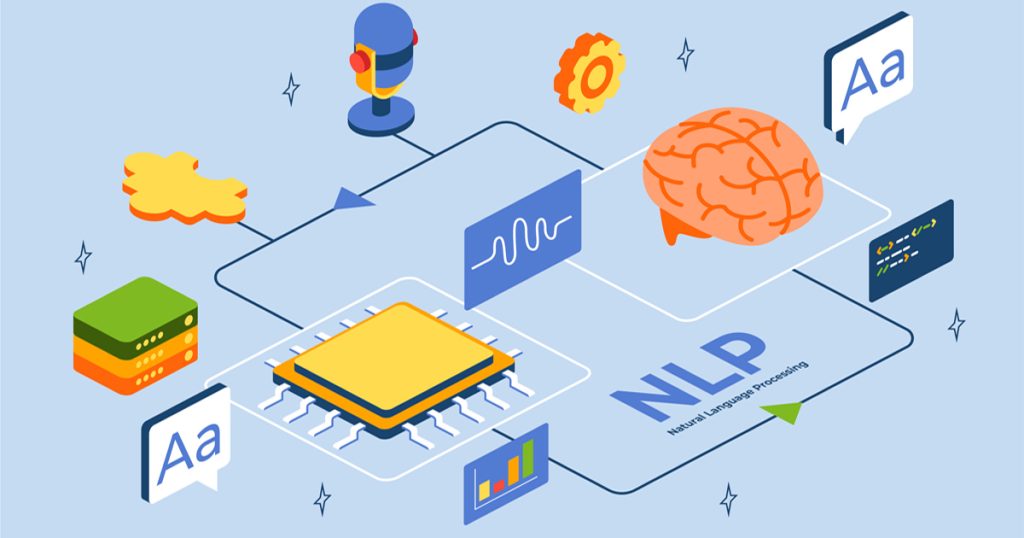
Natural Language Processing (NLP) is a branch of AI that focuses on enabling computers to understand, interpret, and generate human language. It combines techniques from linguistics, computer science, and machine learning to bridge the gap between human communication and computer understanding.
NLP involves several key tasks, including:
- Speech recognition: Converting spoken language into text.
- Part-of-speech tagging: Identifying the grammatical components of words in a sentence.
- Named entity recognition: Identifying and classifying named entities such as people, organizations, and locations in text.
- Sentiment analysis: Determining the emotional tone or opinion expressed in a piece of text.
- Machine translation: Automatically translating text from one language to another.
To learn NLP, one should start by understanding the basics of linguistics and text processing. Python libraries such as NLTK (Natural Language Toolkit) and spaCy are valuable resources for implementing NLP techniques. Additionally, knowledge of machine learning algorithms and deep learning models is crucial for advanced NLP tasks.
As you embark on your journey to learn AI from scratch, it’s important to approach these core concepts and techniques systematically. Start with the fundamentals of machine learning, progress to deep learning, and then explore specialized areas like NLP. Remember that hands-on practice and working on real-world projects are essential for solidifying your understanding and developing practical skills in artificial intelligence.
Practical AI Tools and Frameworks
To learn AI from scratch effectively, it’s crucial to familiarize oneself with the practical tools and frameworks that are widely used in the field. These resources provide the necessary infrastructure for developing and implementing AI and machine learning models.
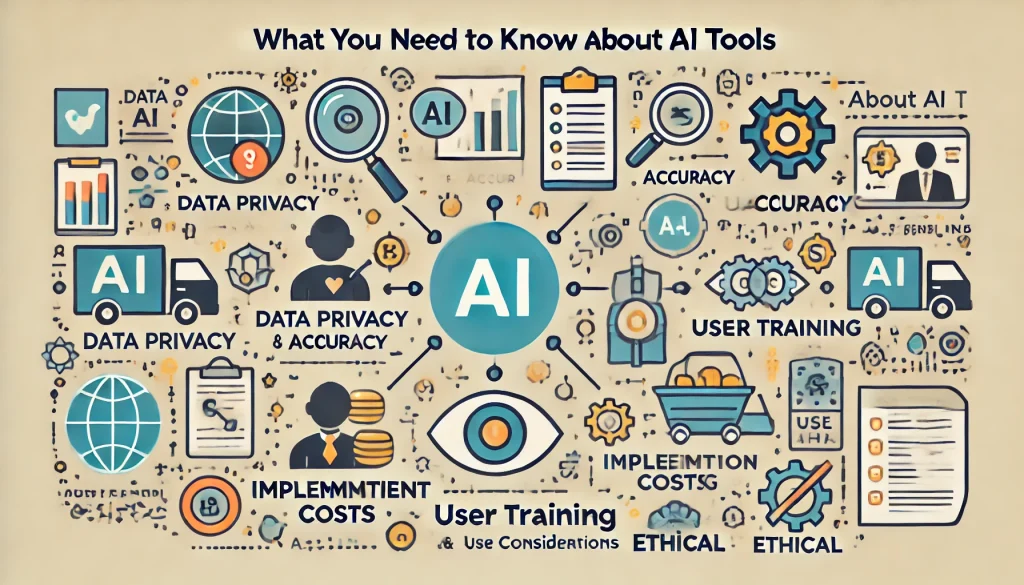
Popular AI Libraries
Several AI libraries have gained prominence due to their versatility and efficiency in handling various AI tasks. TensorFlow, developed by Google, stands out as a powerful open-source library for machine learning and high-performance numerical computation. It supports many classification and regression algorithms, making it particularly useful for deep learning and neural networks. TensorFlow’s simplifications and abstractions keep code lean and development efficient, which is beneficial for those learning artificial intelligence.
Another essential library is scikit-learn, which supports both supervised and unsupervised machine learning. It offers tools for data mining and data analysis that are accessible and reusable in various contexts. Scikit-learn is particularly useful for those starting their journey in how to learn AI and ML, as it provides an extensive user guide for quick access to resources on various algorithms.
PyTorch, developed by Facebook’s AI research group, has gained popularity for its dynamic computational graph and GPU acceleration capabilities. It’s particularly favored by researchers and is excellent for prototyping and experimentation. For those looking to learn artificial intelligence, PyTorch offers extensive tools and libraries to support development.
Development Environments
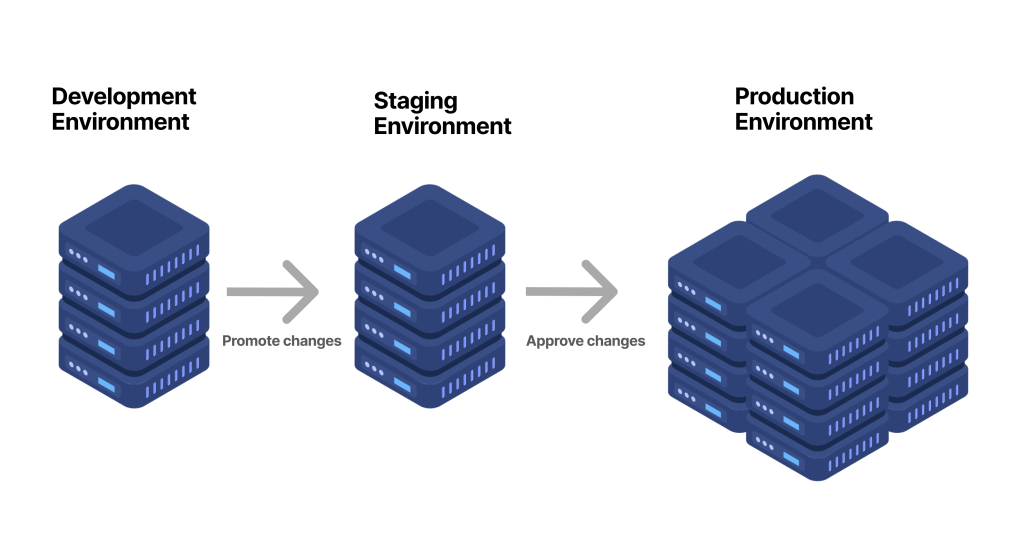
Integrated Development Environments (IDEs) play a crucial role in streamlining the AI development process. They offer comprehensive platforms that enhance productivity and workflow efficiency. For Python-centric AI development, which is often considered the best way to learn machine learning, there are several noteworthy IDEs to consider.
PyCharm, designed specifically for Python, provides intelligent code assistance and integrates well with Python’s AI libraries. This makes it an excellent choice for those learning how to learn AI from scratch. Jupyter Notebook is another popular option, known for its interactive computing setup. It allows users to create documents with live code and visualizations, which is ideal for exploratory AI tasks and data analysis.
Visual Studio Code (VS Code) is a versatile editor that supports Python among other languages. It’s lightweight but packed with features like IntelliSense and debugging tools that are useful in AI development. These IDEs provide powerful environments that can significantly speed up development cycles in artificial intelligence projects.
Cloud Platforms for AI
Cloud platforms have become increasingly important in AI development, offering scalable resources and advanced tools for machine learning and deep learning tasks. Amazon SageMaker, a fully managed machine learning service by Amazon Web Services (AWS), simplifies the entire machine learning workflow, from data preparation and model training to deployment and monitoring.
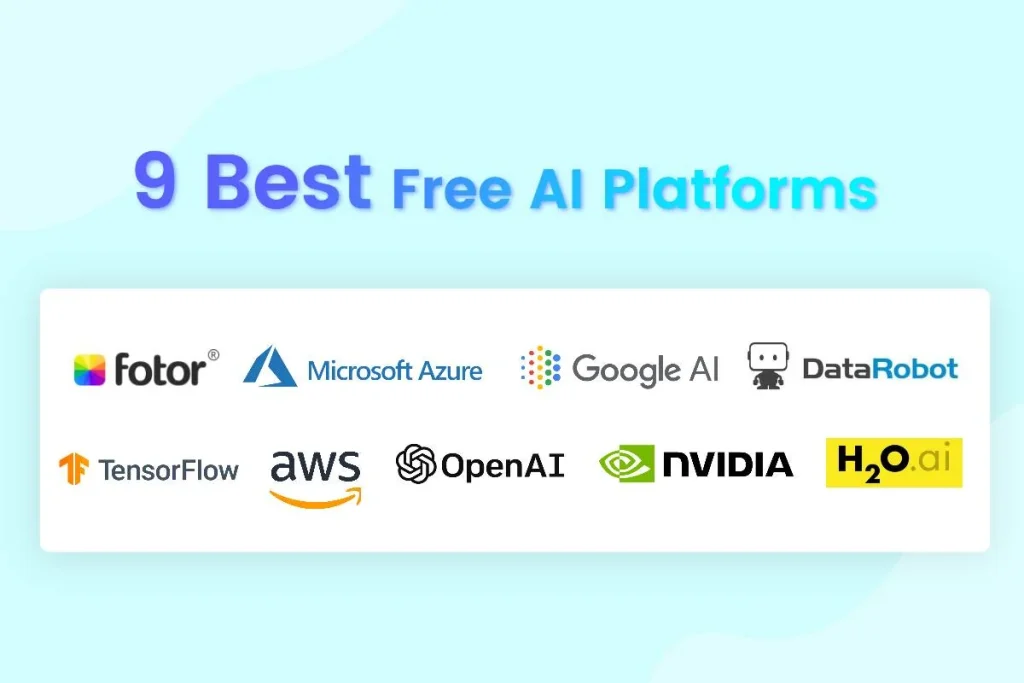
Google AI Cloud Platform provides a comprehensive suite of cloud-based tools and services that empower businesses and developers to harness the power of AI and machine learning for a wide range of applications. It offers pre-built models, APIs, and tools for vision, language, and structured data tasks.
Microsoft Azure AI is another robust cloud platform that offers AI-powered solutions for various business needs. It enables users to build, train, and deploy AI models at scale, integrating seamlessly with other Microsoft services.
These cloud platforms provide the necessary infrastructure and tools for those learning how to learn AI and ML, allowing them to experiment with large-scale datasets and complex models without the need for extensive local computing resources.
By leveraging these practical AI tools and frameworks, individuals can gain hands-on experience and accelerate their journey in learning artificial intelligence from scratch. Whether it’s working with popular libraries, utilizing efficient development environments, or harnessing the power of cloud platforms, these resources form the backbone of modern AI development and are essential for anyone looking to master this field.
Building Your First AI Projects
When embarking on the journey to learn AI from scratch, hands-on experience through project work is invaluable. Building AI projects allows learners to apply theoretical knowledge, gain practical skills, and develop a deeper understanding of artificial intelligence concepts.
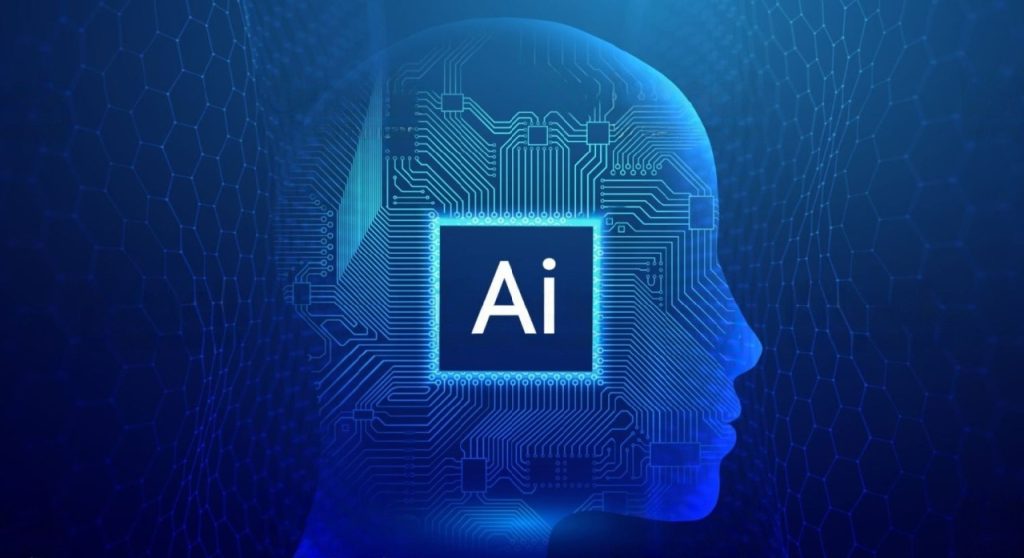
Choosing a Project
Selecting an appropriate project is crucial for beginners learning AI. It’s essential to start with manageable projects that align with one’s current skill level and interests. For high school students or those new to AI, simple projects can provide a solid foundation. Some beginner-friendly AI project ideas include:
- Handwritten digit recognition: This project involves training a model to recognize handwritten digits. It’s an excellent introduction to image classification and neural networks. Beginners can use publicly available datasets like MNIST to get started.
- Spam email detection: Developing an AI system to filter out spam emails is a practical project that introduces text classification and machine learning algorithms. This project helps learners understand how to preprocess text data and implement algorithms like Naive Bayes or Support Vector Machines.
- Sentiment analysis: Creating a model to analyze the sentiment (positive, negative, or neutral) of text data, such as social media posts or customer reviews, is another valuable project for beginners. It involves text preprocessing, feature extraction, and training a classification model.
These projects allow learners to gain experience with fundamental AI concepts while working on real-world applications.
Data Collection and Preparation
Data is the foundation of any AI project. The quality and relevance of the data significantly impact the performance of AI models. For beginners learning how to learn AI from scratch, understanding data collection and preparation is crucial.
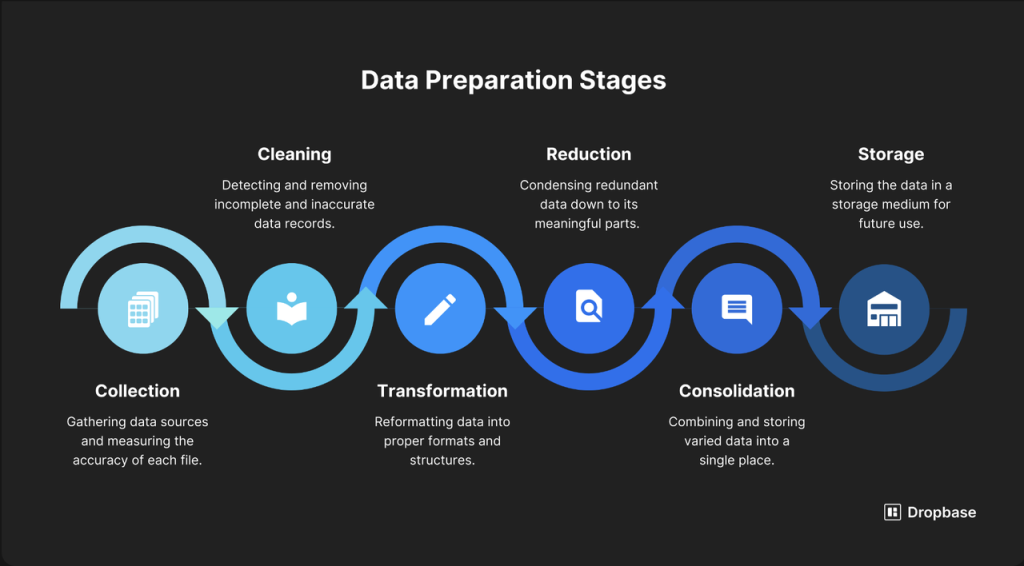
Data collection involves gathering relevant information for the chosen project. This can be done through various methods, including web scraping, using open-source datasets, or collecting data manually. For example, in a handwritten digit recognition project, learners can use the MNIST dataset, which contains thousands of labeled images of handwritten digits.
Once data is collected, it needs to be prepared for use in AI models. Data preparation includes several steps:
- Formatting: Ensuring the data is in a suitable format for AI algorithms, such as CSV files for tabular data or organized folders for image data.
- Cleaning: Removing errors, duplicates, and outliers from the dataset to improve its quality.
- Preprocessing: Transforming the data to make it more suitable for AI models. This may involve techniques like normalization, feature scaling, or encoding categorical variables.
- Feature engineering: Creating new features or selecting relevant ones to improve the model’s performance.
For beginners, it’s important to start with small, manageable datasets and gradually work with larger, more complex ones as skills improve.
Model Development and Training
After preparing the data, the next step is to develop and train the AI model. This process involves selecting an appropriate algorithm, implementing it using AI libraries and frameworks, and optimizing its performance.
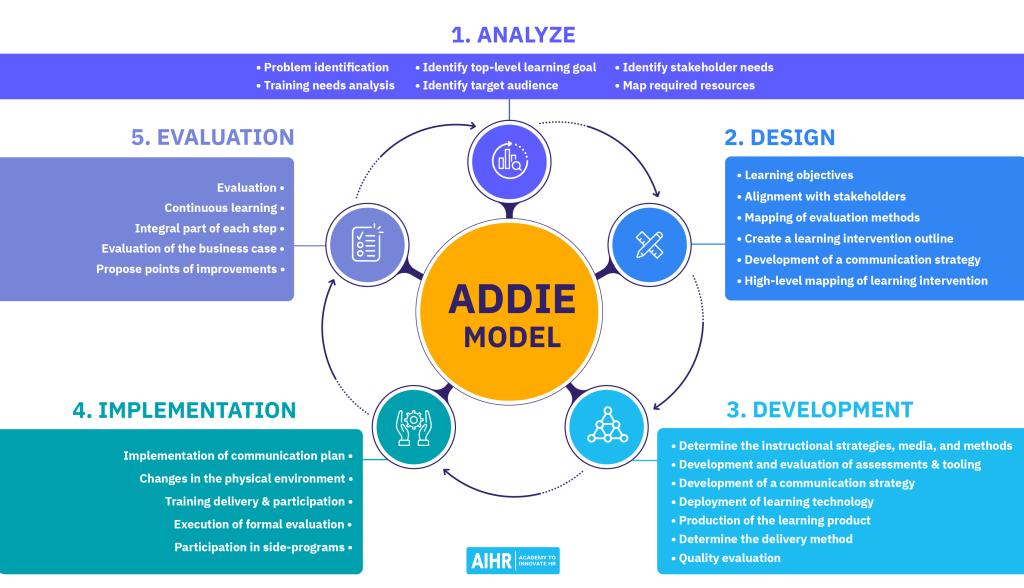
For beginners learning how to learn AI and ML, it’s recommended to start with simpler algorithms before progressing to more complex ones. Popular libraries like scikit-learn for machine learning and TensorFlow or PyTorch for deep learning provide user-friendly interfaces for implementing various AI algorithms.
The model training process typically involves:
- Splitting the data into training and testing sets
- Selecting and implementing an appropriate algorithm
- Training the model on the training data
- Evaluating the model’s performance on the test data
- Fine-tuning the model’s parameters to improve its accuracy
As learners progress, they can explore more advanced techniques like deep learning and neural networks, which are powerful tools for complex AI tasks.
By working on these projects and following these steps, beginners can gain practical experience in AI development, reinforcing their theoretical knowledge and building a strong foundation for more advanced AI concepts.
Conclusion
Learning AI from scratch is a journey that combines theoretical knowledge with hands-on experience. This guide has provided a roadmap to begin your AI adventure, covering essential prerequisites, core concepts, and practical tools. By starting with simple projects and gradually building up to more complex ones, you can gain valuable skills and insights into the world of artificial intelligence.
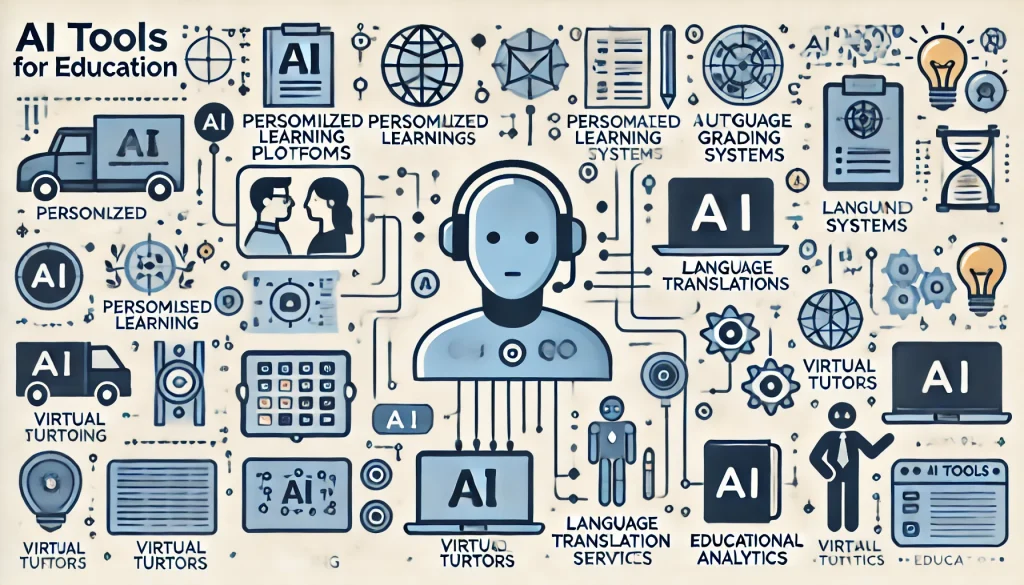
As you continue your journey to learn AI, remember that persistence and curiosity are key. The field of AI is constantly evolving, offering endless opportunities to explore and innovate. By staying up-to-date with the latest developments and consistently applying what you’ve learned, you’ll be well-equipped to tackle the challenges and seize the opportunities that AI presents in various industries and domains.
FAQs
1. How can I begin learning AI in 2024?
To start learning AI in 2024, first ensure you have a strong foundation in computer science and proficiency in a programming language, with Python being highly recommended. Begin by understanding basic algorithms and then delve into machine learning and data science principles. Practical application of your theoretical knowledge is crucial, so engage in AI projects available on platforms like Kaggle and GitHub.
2. Is learning AI worthwhile in 2024?
Yes, learning AI in 2024 is highly worthwhile. As AI continues to revolutionize various industries, acquiring skills in this field can lead to lucrative career opportunities, enable you to drive innovation, and enhance your ability to make informed, data-driven decisions.
3. What are the steps to start learning machine learning in 2024?
To begin learning machine learning in 2024, follow these steps:
- Step 1: Grasp the basics, including mathematics such as linear algebra, calculus, probability, and statistics.
- Step 2: Learn core machine learning concepts.
- Step 3: Engage in hands-on practice.
- Step 4: Explore advanced topics.
- Step 5: Continuously update your knowledge as the field evolves.
4. How do I start training my own AI model?
Training your own AI involves several steps:
- Prepare your training data.
- Create a dataset.
- Train your model.
- Evaluate and refine your model through iterative improvements.
- Use your model to make predictions.
- Analyze and interpret the results of your predictions.



